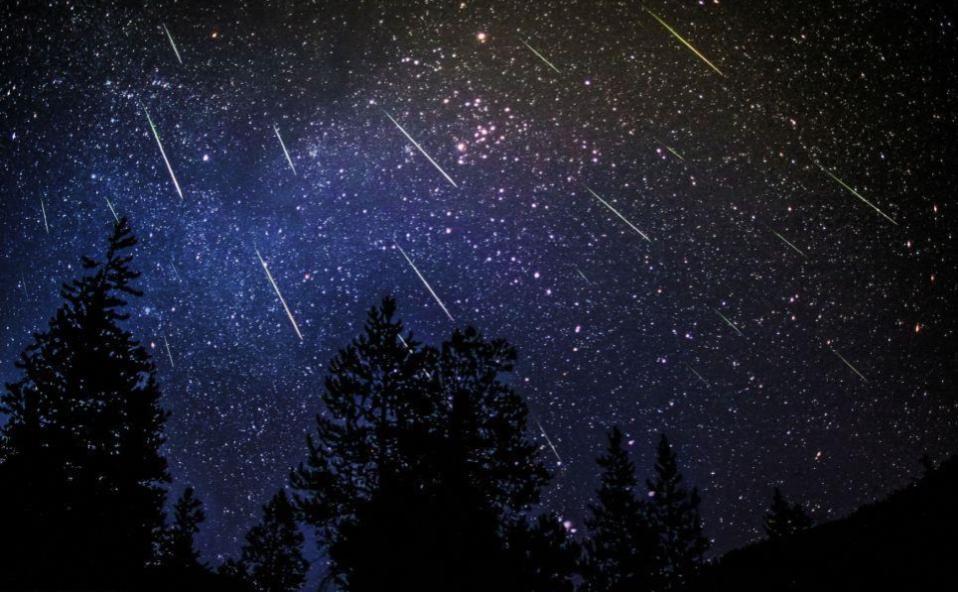 After the spectacular Solar Eclipse last month, our attention shifts in May to one of the year’s better Meteor Showers; The Eta Aquariids. This shower peaks on May 5th and will not be hindered by a bright Moon, as New Moon occurs on May 7th. The Eta Aquariids are caused by debris from Halley’s Comet through which Earth passes in its orbit. The main region of the sky from which the meteors appear to come is called the radiant. And this radiant is in the eastern sky one to two hours before sunrise. Fifty meteors per hour can usually be expected, but this year as many as 75 per hour may be seen.
After the spectacular Solar Eclipse last month, our attention shifts in May to one of the year’s better Meteor Showers; The Eta Aquariids. This shower peaks on May 5th and will not be hindered by a bright Moon, as New Moon occurs on May 7th. The Eta Aquariids are caused by debris from Halley’s Comet through which Earth passes in its orbit. The main region of the sky from which the meteors appear to come is called the radiant. And this radiant is in the eastern sky one to two hours before sunrise. Fifty meteors per hour can usually be expected, but this year as many as 75 per hour may be seen. As usual with meteor showers it is worth looking for meteors one to two days before and after predicted peak (May 5th); which would be from May 3rd to May 7th. This expands the chances of spotting meteors.
With Jupiter setting just one hour after sunset this month, planet watching shifts to the eastern morning sky. First one up will be Saturn rising before 4 am on May 1st. Climbing higher all month Saturn will be twice as high in the sky by May 31st. The crescent Moon will be near Saturn (left and below) on May 1st; and it will be back near Saturn again on the 31st.
On May 5th will be seen low above the eastern horizon, left of Saturn, but above the crescent Moon. Binoculars might allow us to spot distant gas giant planet Neptune above Mars and along a line of sight moving up toward Saturn. Mars will appear to brighten throughout May.
On May 6th, an hour before sunrise, Mercury, Mars, Neptune, and Saturn will line up along a diagonal line from the horizon up toward Saturn. Mercury will not appear to gain much altitude but it will brighten until May 15th, when its orbit begins to appears to move it back down toward the horizon.
In May the warrior constellation, Bootes, rides high in the eastern evening sky approaching the zenith (to of the sky). First magnitude orange star Arcturus, 3rd brightest of all, lies in the middle of Bootes. Also look over to the northeastern horizon for Vega, the 4th brightest star (it is white), in the constellation Lyra, the harp, beginning to show itself.
The May Full Moon is on May 23rd.


Write a Letter to the Editor on this Article
We encourage readers to offer their point of view on this article by submitting the following form. Editing is sometimes necessary and is done at the discretion of the editorial staff.